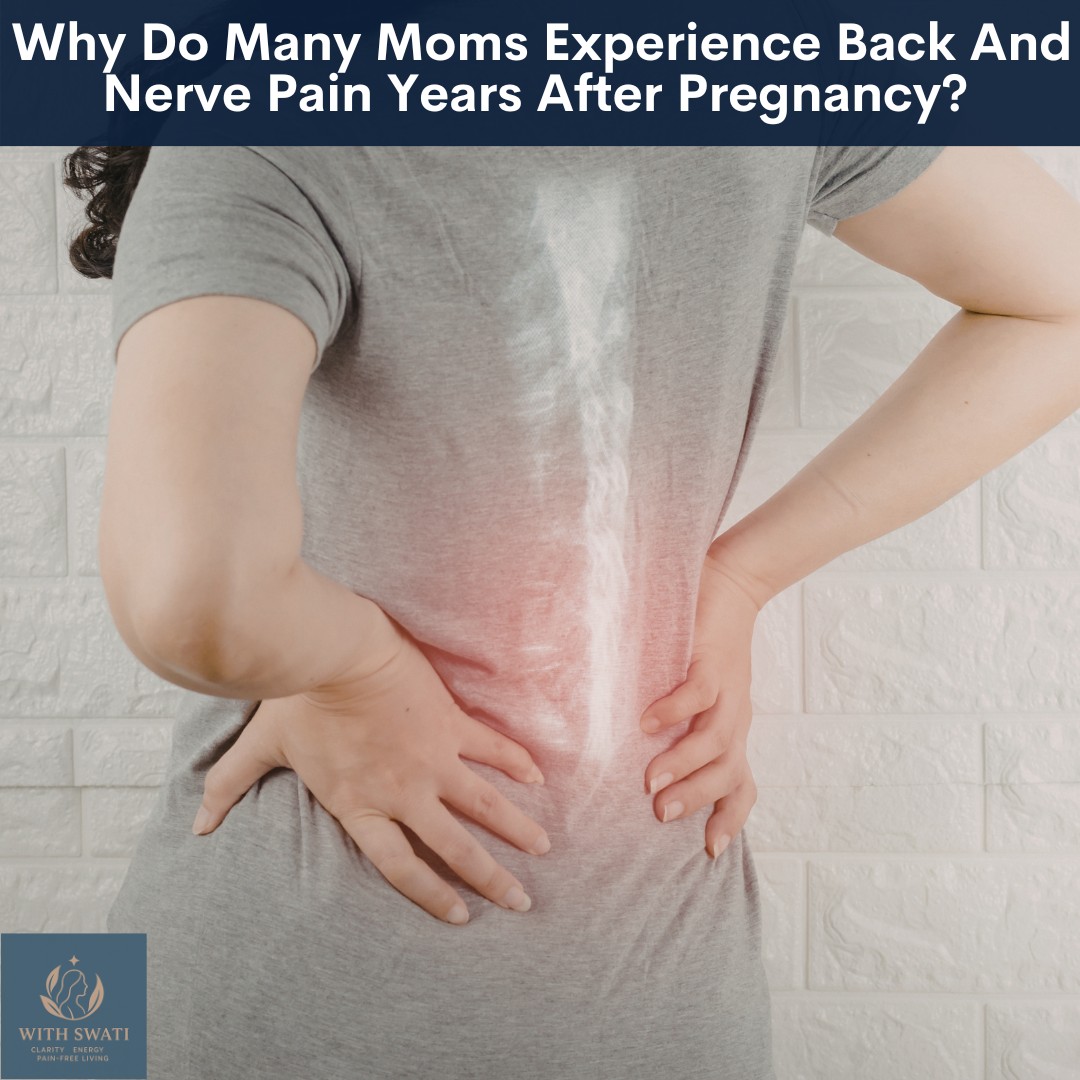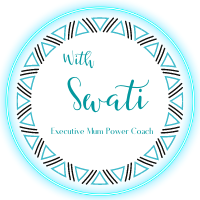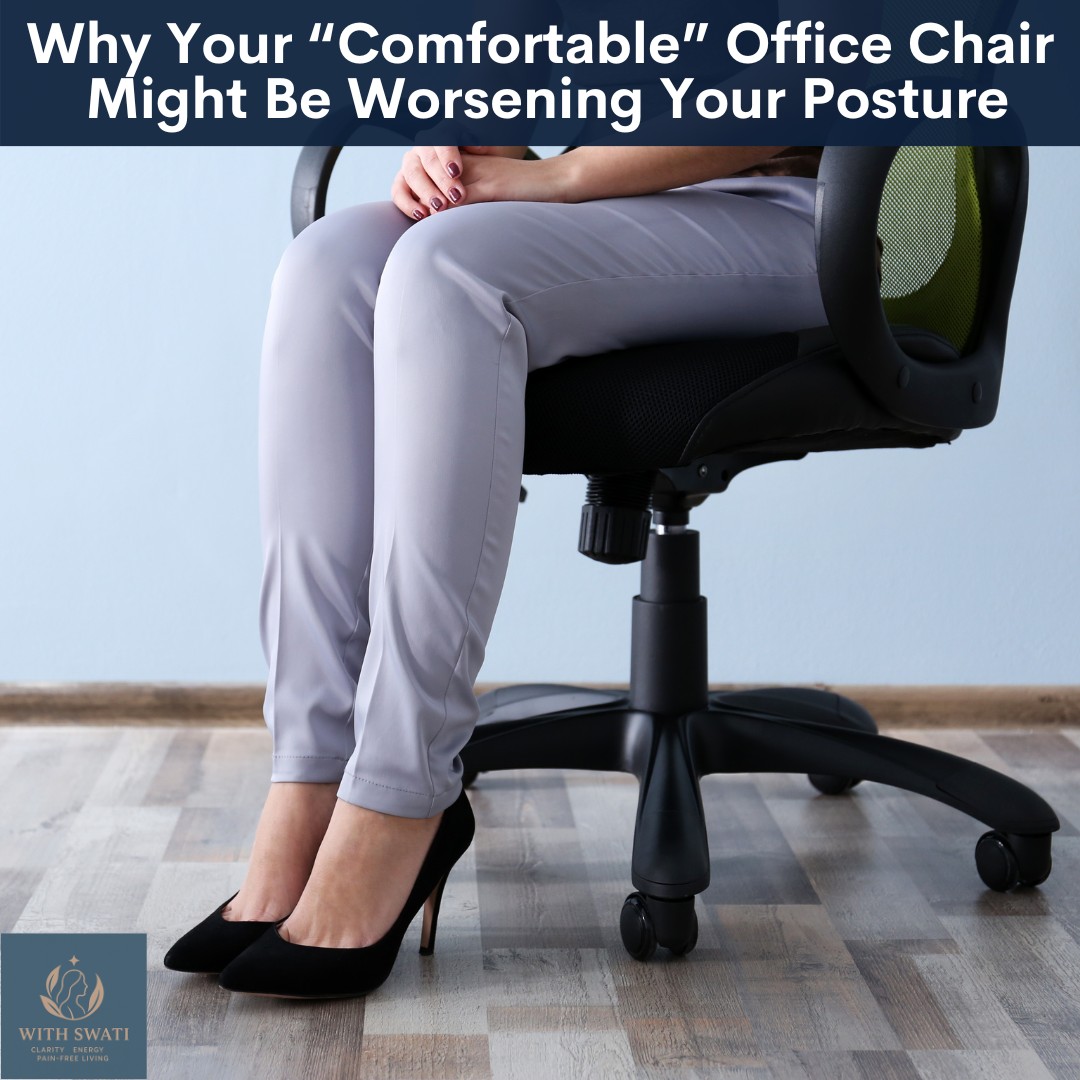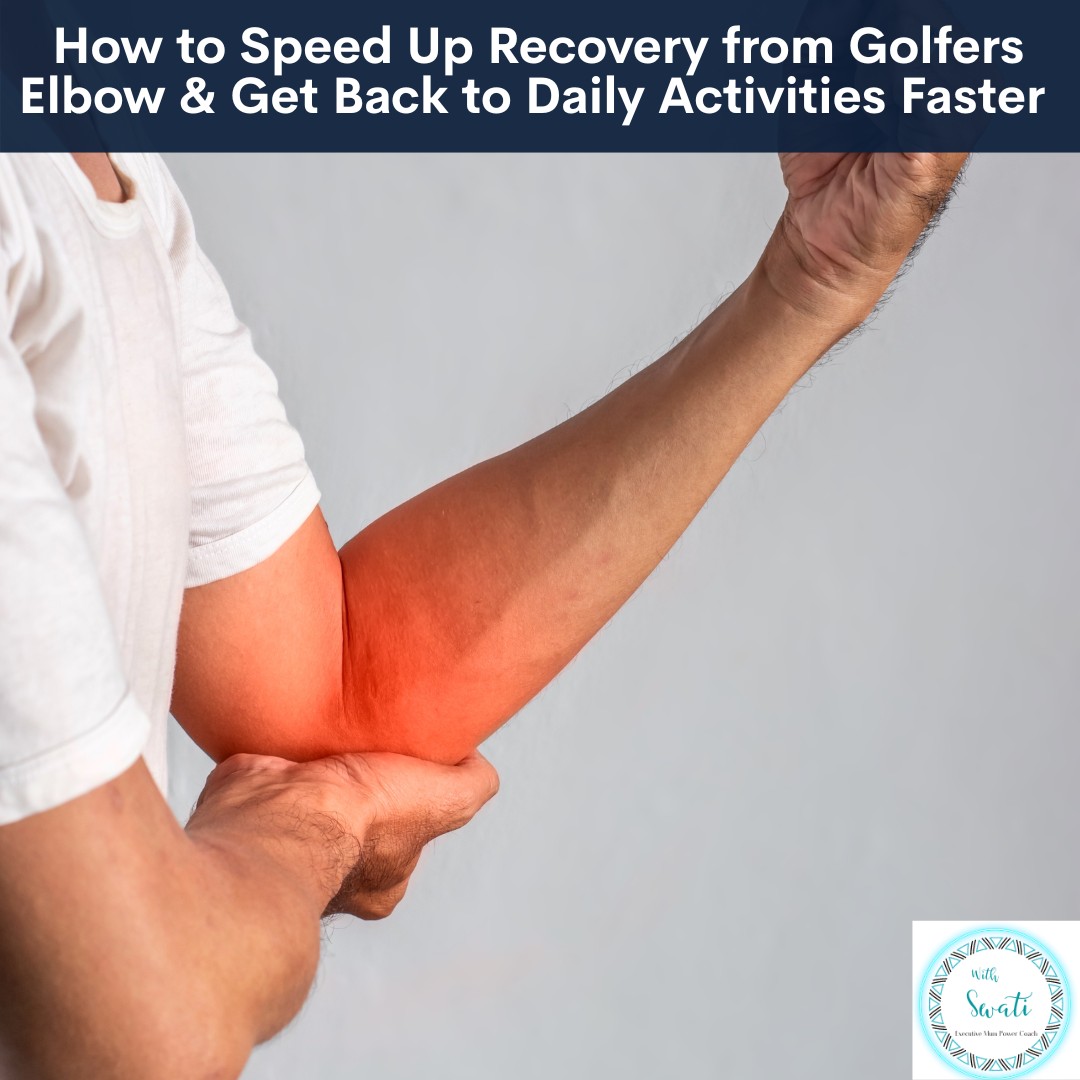
As an executive mom juggling a demanding job, family responsibilities, and a packed schedule, feeling rundown or achy might feel like part of the package. Maybe you chalk it up to stress, poor sleep, or simply “getting older.” But what if your body is actually dealing with inflammation and your everyday habits are quietly making it worse?
Most women have no idea how much their daily routine is contributing to pain, fatigue, and even brain fog. And they definitely don’t realise that inflammation, something we often associate with illness or injury, can build up silently over time from seemingly small lifestyle choices. In this blog lets break down what inflammation really is and how to spot the hidden signs before it turns into something bigger ....
Read more...
As a busy, high-achieving mom, you don’t have time for pain to slow you down, especially when it shows up in the form of nagging elbow pain every time you type, lift groceries, or reach overhead. Whether it’s tennis elbow (lateral epicondylitis) or golfer’s elbow (medial epicondylitis), that sharp or burning pain can sneak into your daily life and make even simple tasks feel frustrating. You may have already tried over-the-counter painkillers or creams, only to find they offer short-term relief at best. But here’s what most people don’t realise - these conditions don’t just go away with rest and meds. If you are stuck in a cycle of temporary fixes, it’s time to look at what’s really causing the problem and what you can do to support long-term recovery.
Read more...
As an executive mum if you have ever rubbed your shoulders at the end of the day and thought, “Why does this still hurt? I barely did anything today” …. You are not alone. And you are definitely not broken. In fact, persistent shoulder tension is one of the most common symptoms in high-achieving, overstretched moms, even after a full night’s sleep or a weekend “off.” The truth is …. Rest doesn’t fix tension that’s coming from overload, posture, and the nervous system. In this blog let’s break down why your shoulders stay tight and what you can do about it ...
Read more...
As an executive mom juggling work demands, school pickups, and everything in between, it’s easy to go hours, sometimes the whole day without drinking enough water. You might tell yourself it’s no big deal, or that you will make up for it later. But what if that low-grade tension headache you keep pushing through isn’t just from stress or lack of sleep but from something as simple and fixable as dehydration? In this blog let’s unpack why hydration might be the headache trigger you have been overlooking ....
Read more...
As an executive mom juggling work deadlines, school drop-offs and everything in between, it can be confusing and frustrating when back and nerve pain seems to show up out of nowhere. Maybe there was no new activity or injury to trigger this pain but it feels like the one that you had years ago during your pregnancy. You may be wondering if this could possibly be the old pain flaring up or are you just imagining it. In this blog lets discuss why many moms experience back and nerve pain years after pregnancy ...
Read more...






